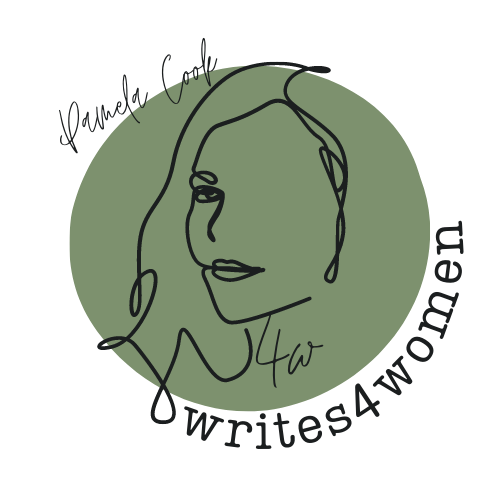Lessons from Kate - What Pam Learnt In Her Chat With Kate Forsyth
Last week I had the absolute pleasure of chatting to one of Australia’s most prolific and talented fiction writers, best-selling historical fiction author Kate Forsyth.
I’ve done a full day workshop with Kate before and have listened to her talk numerous times. I have always been in awe of her writing, imagination, time management and discipline. Chatting to her on the Writes4Women Convo Couch this month was particularly illuminating as I struggle my way through nano. So I was all ears as Kate walked us through her novel writing process and how she wrote her latest novel The Blue Rose in particular.
Below are my top five takeaways from that conversation.
To listen to the full episode click on our Writes4Women podcast page. And watch out for the full transcript of the interview which will be uploaded on the website soon.
Planning Is Not A Dirty Word - I’ve always prided myself on being a ‘pantser’, on literally flying by the seat of the proverbials when it comes to plotting my story. I might start with an image or a vague idea and let the muse guide me - or drag me - through the mystical labyrinth of the story. In actual fact I’ve been fooling myself. After my first book was published I always had to submit a synopsis to my publisher. Even though that plot line invariably changed in the process of writing the book, I was actually planning the story. I’ve kidded myself for way too long that plotting is for those with more logical minds than me. The truth is, if I did plan and plot more carefully i would probably avoid a lot of the angst, blocks and blackholes I stumble into as I draft my novels. I’m in one of them right now and it has stalled my feeble attempt at Nanowrimo because I haven’t dreamed up enough of my story, haven’t imagined my characters into life as fully Kate recommends. So it’s back to the plot outline for me. I’ll be spending the rest of November getting to know my characters more before I try and get them onto the page.
Two ideas coming together create a spark for a story, like tinder and flint - I LOVE this description Kate gives of the way two seemingly separate stories can be brought together and set fire to a storyline. I’ve heard this before but Kate’s way of putting it is really inspiring. If you have a story idea but it doesn’t seem to be sparking, keep your writerly mind tuned for a second storyline that could complement, expand or illuminate the first and create layers of meaning.
Time spent researching and daydreaming is never wasted - Even though I don’t write historical fiction I need to spend a lot more time delving into the ideas i’m exploring in my new book. I did this for Cross My Heart and spent a whole lot of time researching the psychological background for my main character, the role psychology plays in trauma and the use of horses in equine assisted learning. It took a while but by the time I came to write the book I had a much stronger understanding of the background to the story and a better handle on my POV character’s actions, reactions and behaviours. None of the time spent researching was wasted. I have spent some time thinking about and planning this new novel but nowhere near enough. spending the time doing that upfront will hopefully allow me to spend less time re-writing and revising later.
Hold off on writing the draft until you are absolutely bursting to want to do it. The writing of the draft should bring you joy. This lightbulb moment was probably the most important thing I picked up from my chat with Kate. This whole writing gig is supposed to be fun. If you’re slaving away and barely getting any words on the page perhaps it’s because you didn’t do enough in the daydreaming and planning phase of the process. If you wait until the story is literally bursting out of you before you start it will be both a more joyous and more productive experience.
Get the timeline right from the beginning. Kate’s meticulously kept notebooks and timelines make her life a whole lot easier when it comes to keeping track of the storyline. This is something I need to do more of instead of telling myself I’ll fix the errors later. By the time you go back to the beginning of the timeline, if you haven’t kept those notes, trying to work out the days, dates, times and seasons in which things happen can be a total nightmare. I know - I’ve lived it five time over!
Of course, Kate’s advice to write what you love and not to write to the market also resonated with me. I did this in particular with Cross My Heart and I am so happy I had faith in the story. Judging by the lovely reviews it’s getting my readers are too,
I hope you also gained inspiration from Kate’s chat with me on The Convo Couch. We’d love to hear what points resonated with you and any other thoughts you have about Kate’s process.

